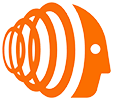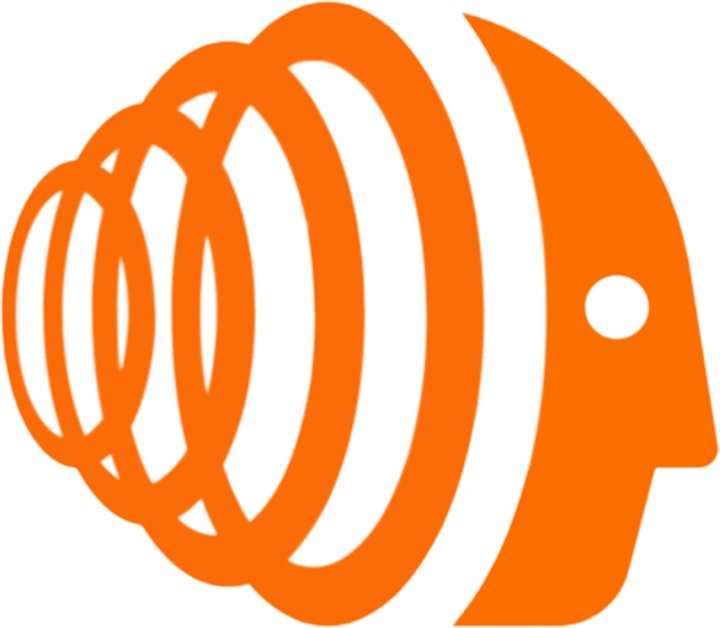Vue.js Book Management App with Tabs and Dynamic Components
应用场景介绍
本代码演示了一个使用 Vue.js 构建的图书管理应用程序,其中包含以下功能:
- 图书列表展示
- 标签页切换
- 动态加载组件(日历、图表、富文本编辑器、地图)
基本功能介绍
该应用程序主要包括以下功能:
- **图书列表:**显示一组图书,包括书名、作者、当前页数和总页数。
- **标签页切换:**允许用户在不同的标签页之间切换,显示不同的内容。
- **动态组件:**使用 Vue.js 的动态组件特性,在不同的标签页中加载不同的组件,包括日历、图表、富文本编辑器和地图。
功能实现步骤及关键代码分析说明
1. 图书列表展示
<van-card
v-for="book in books"
:key="book.id"
class="flex items-center justify-between"
>
<div class="flex items-center">
<div
class="w-10 h-10 rounded-full bg-gray-200 flex items-center justify-center"
>
<van-icon name="book" class="text-xl" />
</div>
<div class="ml-4">
<h3 class="text-base font-semibold">{{ book.title }}</h3>
<p class="text-sm text-gray-500">{{ book.author }}</p>
</div>
</div>
<div>
<p class="text-sm text-gray-500">
{{ book.currentPage }}/{{ book.totalPages }}
</p>
</div>
</van-card>
- 使用 Vue.js 的
v-for指令遍历图书列表,并为每个图书创建一张卡片。 - 每张卡片包含图书的标题、作者、当前页数和总页数。
2. 标签页切换
<van-tabs v-model="activeTab" class="border-t border-gray-200">
<van-tab v-for="tab in tabs" :key="tab.id" :title="tab.title" />
</van-tabs>
- 使用 Vue.js 的
v-model指令绑定当前激活的标签页。 - 使用
v-for指令遍历标签页列表,并为每个标签页创建选项卡。
3. 动态组件加载
在不同的标签页中加载不同的组件,可以使用 Vue.js 的动态组件特性。
<div class="tab-content">
<component :is="componentMap[activeTab]" />
</div>
- 使用
:is属性动态设置组件。 componentMap是一个对象,它将标签页 ID 映射到要加载的组件。
4. 日历组件
const Calendar = createComponent({ echarts, h });
- 使用
createComponent函数创建 ECharts 组件。 - 将 ECharts 组件与 Vue.js 组件集成。
5. 富文本编辑器
const { Editor, Toolbar } = "@wangeditor/editor-for-vue";
- 使用 Vue.js 集成 Wangeditor 富文本编辑器。
6. 地图组件
const { BMap } = 'vue3-baidu-map-gl';
- 使用 Vue.js 集成 Baidu Map 地图组件。
总结与展望
开发这段代码的过程让我学到了 Vue.js 的动态组件特性和如何集成第三方组件。
未来,该卡片功能可以进一步拓展和优化,例如:
- 添加更多图书信息,如出版日期、ISBN 等。
- 实现图书管理功能,如添加、编辑和删除图书。
- 优化用户界面,提高用户体验。


